SStage Direction (COPY)

Lenny Ann Low on the art of adapting picture books for the stage.
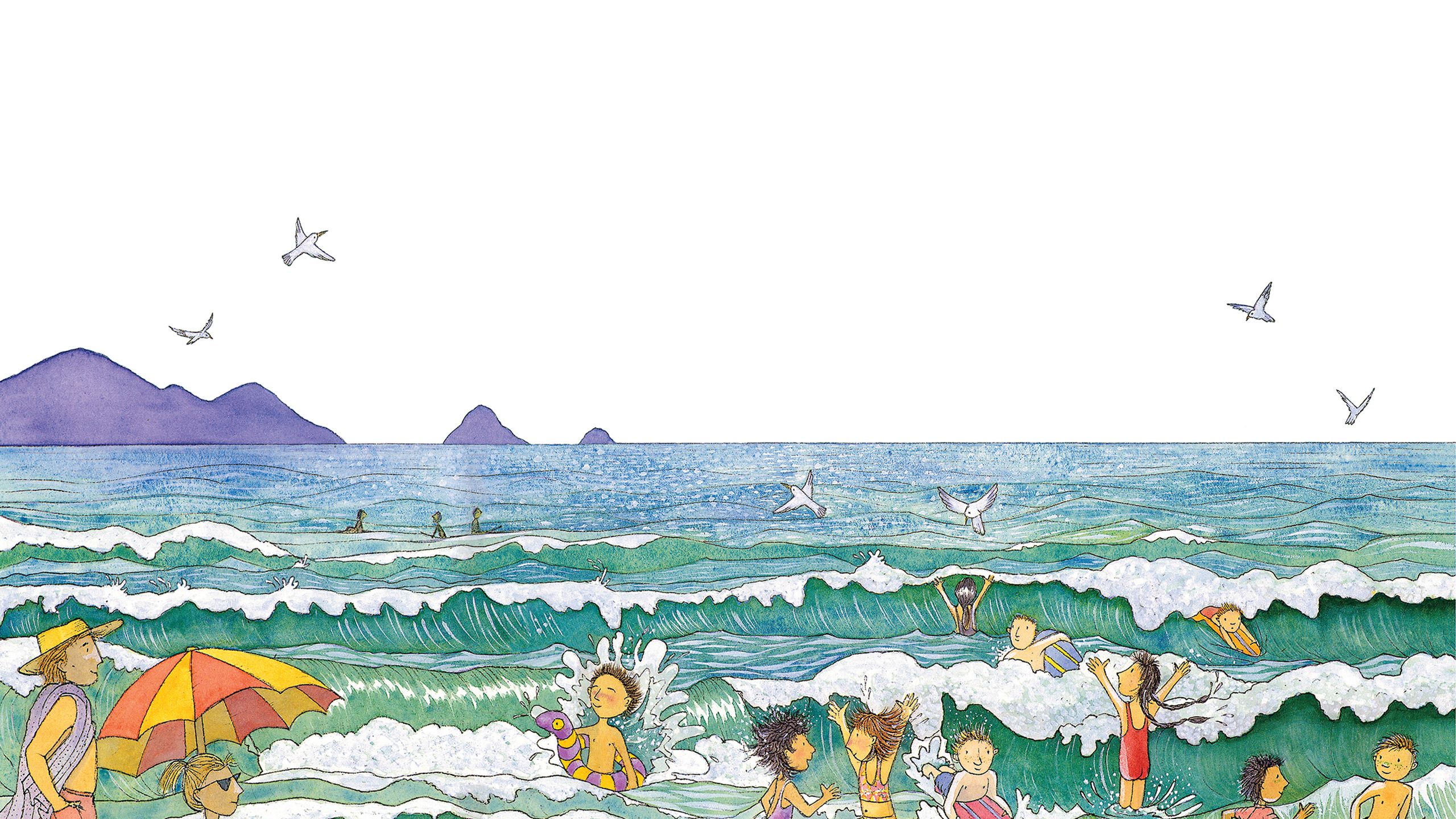
The colourful, imaginative land of picture books is often a child’s most trusted interpreter of the big wide world. The joy, curiosity, wonder and affirmation of stories leaping from illustrated pages lights up young minds, binding real life with fantastic truths, stirring awareness that books are for them.
A picture book’s glories tackle new ground when adapted for the stage. How does a treasured childhood classic become a living, breathing three-dimensional theatre tale? Why turn a book into a play, particularly when the inquiring, passionate and absorbent minds of children will be its audience? The reason is magic, the sheer enchantment of watching a book’s pages become alive on stage.
Two of Australia’s most-loved picture books, Magic Beach by Alison Lester AM, and the Grug series by Ted Prior, are coming to the Opera House in a summer season of kids theatre.

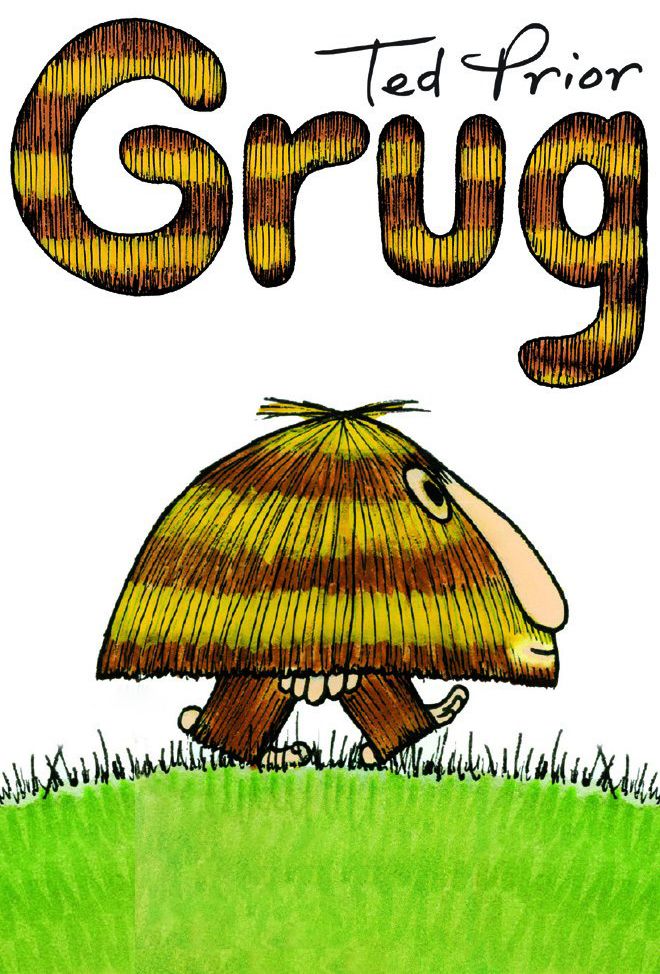
Grug
First up is Windmill Theatre’s production of Grug, based on the beloved series of picture books read by children all over the world for more than 40 years.
Prior invented Grug for his young children in 1978 when they were living on a rural property in northern New South Wales. Inspired by the top of a Burrawang tree, the big-eyed bush character with a long nose and short legs resembles a small haystack. He does not speak, apart from occasional grunts, but Grug thinks and acts like young children.

Whether faced with a gigantic apple, a sudden topple into water while fishing or the adventure of cracking eggs for a birthday cake, his inquisitive spirit and inventive problem-solving, frames a resilient, gentle logic that sidesteps fuss or worry.
Windmill Theatre’s stage adaptation of Grug, which celebrated its 10th anniversary season in 2020, mixes Prior’s distinct storytelling with beautifully rendered puppets, a multi-level set and a cast of skilled performers and puppeteers.








Director Sam Haren says Grug’s creative team, which includes designer Jonathan Oxlade and puppet-maker and consultant Tamara Rewse, focussed on creating a Grug puppet who looks real to young eyes. Using organic, natural materials such as wood and reeds, Grug’s physique, his waddling movements and peering eyes are tangible and tactile.
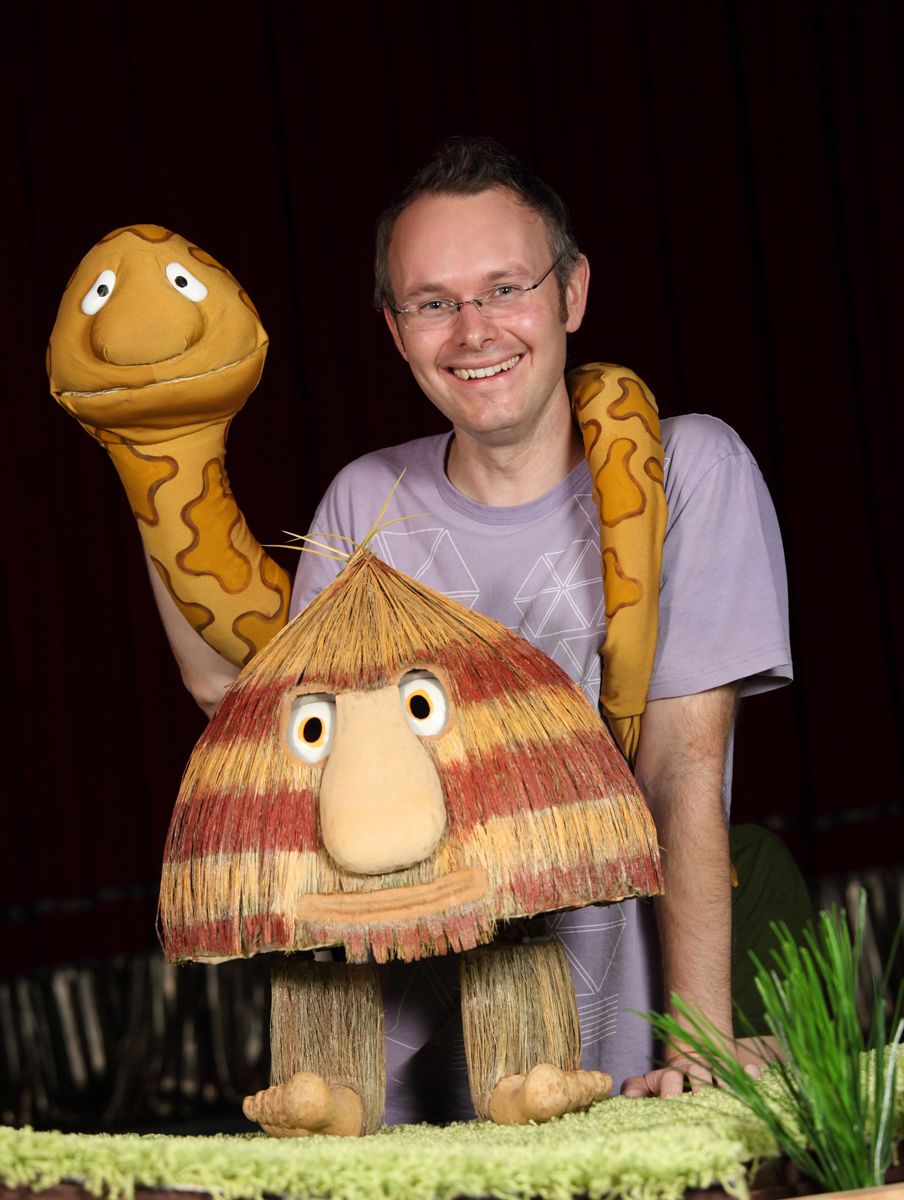
Grug director Sam Haren. Image: Tony Lewis
“One of the powers of theatre for young audiences is that palpable connection,” Haren says. “It’s about the belief that there’s only one Grug in the world and he’s right in front of you.”
Grug’s universal appeal has built a global theatre audience. Children in Australia, Canada, China and the US – where a New York Times review declared Grug “Elmo for Down Under” – have been enthralled by the scruffy figure’s adventures, set on a beautiful grassy knoll with retro props and hidden doors revealing a carefully crafted burrow.
”Sometimes this is kids’ first time going to the theatre,” Haren says. “So it's a really exciting and strange and excellent experience where they go into this space and encounter Grug, this wondrous unique creature on stage. They are a very studied audience. They’re primed.”

Grug director Sam Haren. Image: Tony Lewis
Grug director Sam Haren. Image: Tony Lewis

Magic Beach
Just as prepped are fans of Lester’s Magic Beach, a perennial Aussie holiday classic first published in 1990, charting an everyday family’s annual trip to their special seaside spot.
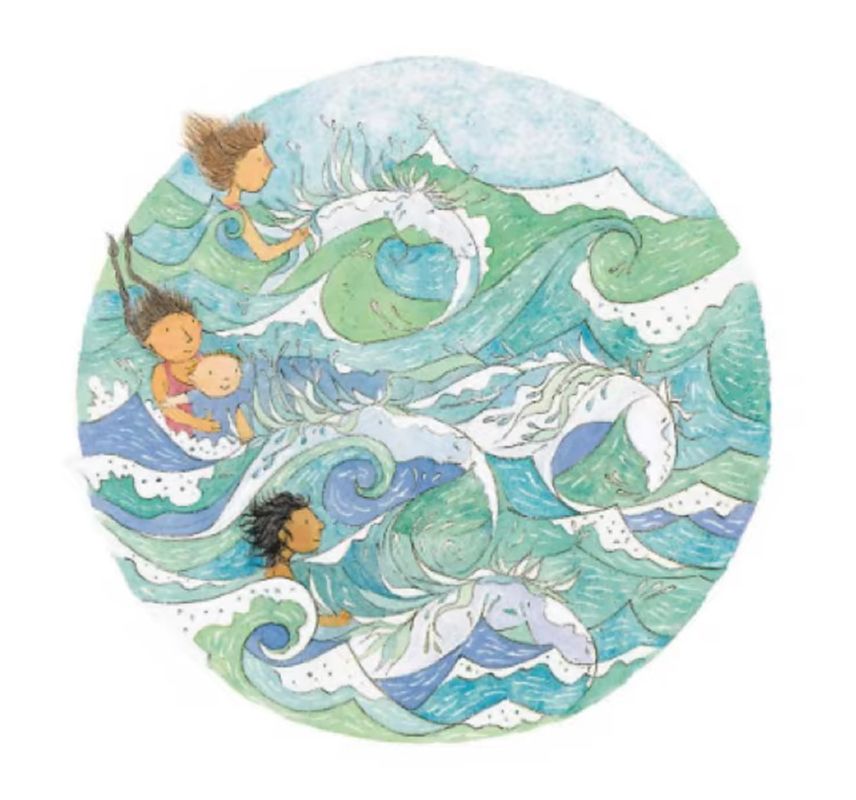
Based on the real-life holidays Lester’s family spent at South Walkerville Beach in Victoria, the book celebrates the seemingly endless joys of childhood play, writ large in waves crested with horses, treasure chests spilling on the sand, the glow of bonfires under moonlight and shared holiday beds serenaded by surf.
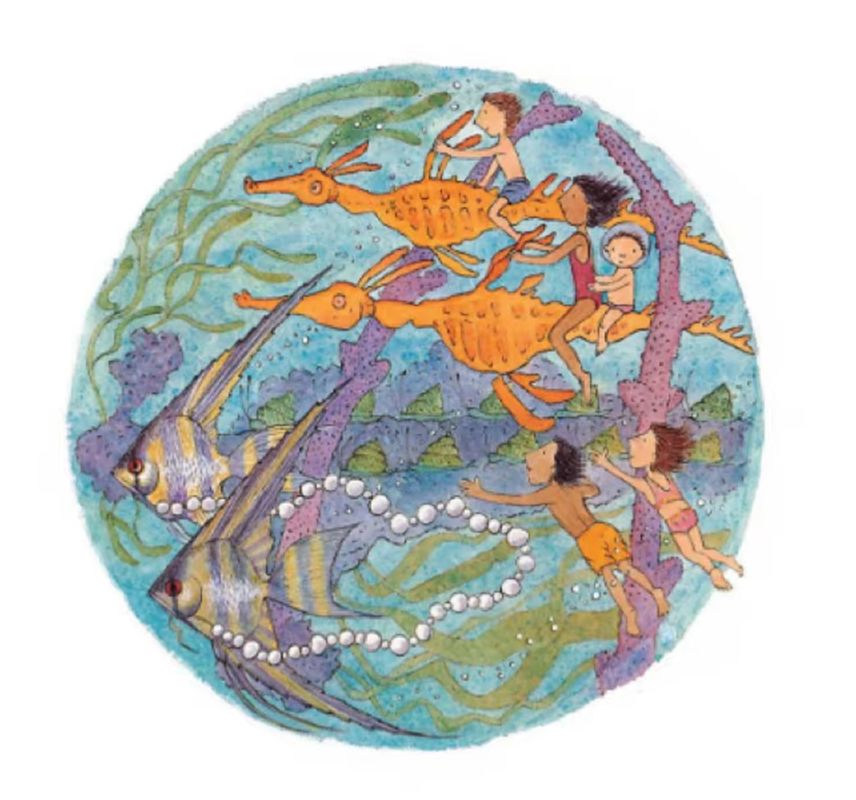
Adapted by multi-award-winning playwright Finegan Kruckemeyer, Magic Beach’s stage interpretation is presented through the eyes of the family’s three siblings, six-year-old Lucy, eight-year-old Danny, and 11-year old Sally.






Image: James D Morgan
Image: James D Morgan

Image: James D Morgan
Image: James D Morgan

Image: James D Morgan
Image: James D Morgan
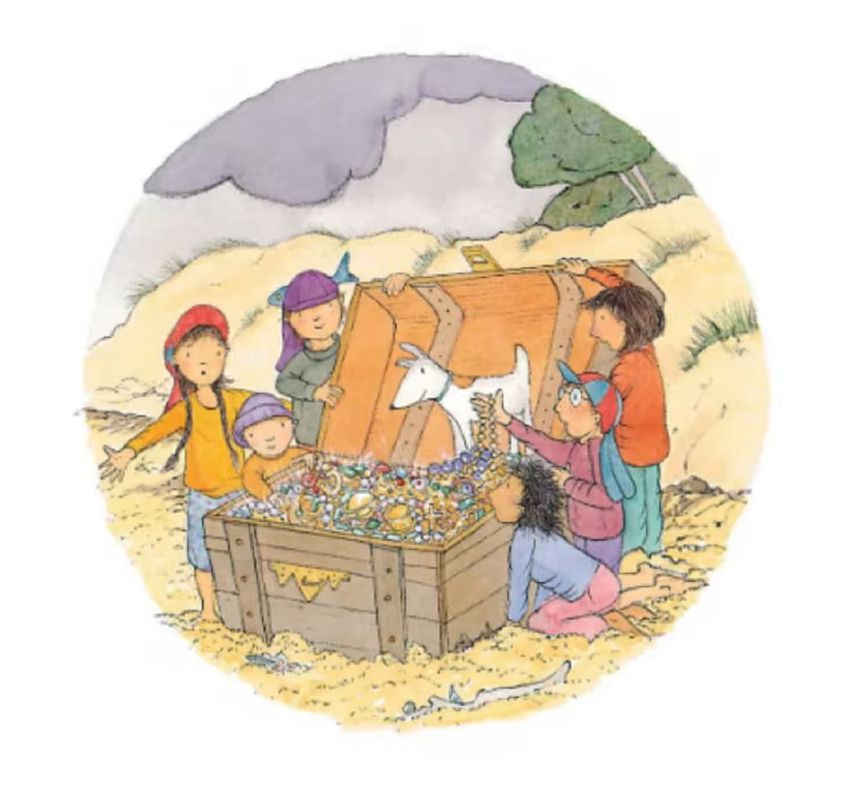
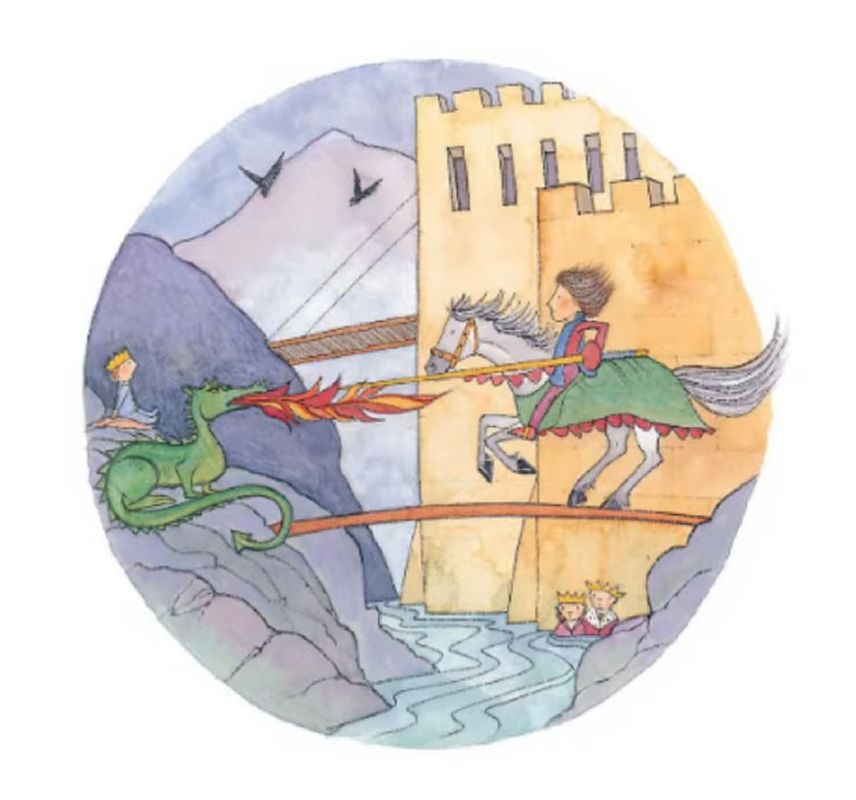
For tween Sally, on the cusp of teenage years, the family’s trip to Magic Beach heralds twinges of change. Is it time for her to leave childhood games behind? Is mucking around with sandcastles, rock pools, seahorses and games of dragon-slaying just kid stuff?
With Lester’s blessing, Kruckemeyer dug deeper into the family members’ story, building notions of what it means, and how it feels, to grow up, while still honouring Magic Beach’s story.

He attributes the show’s creative team, including director Liesel Badorrek, set and costume designer Isla Shaw and composer Gail Priest, with the “trickery and magic” of allowing audiences to sit inside the book’s pages. But it was the challenge of developing Lester’s poetics and rhythms, her message of believing in yourself and celebrating our special differences, that he relished.
“Sometimes kids aren't allowed to ask big existential questions,” Kruckemeyer says. “That sense of how long are we were allowed to hold onto the magic of childhood? At what age do you have to put certain things away?

“Without revealing spoilers, the show argues in the affirmative. The magic's allowed to be retained for all of us. Even the grown-up ones.”
